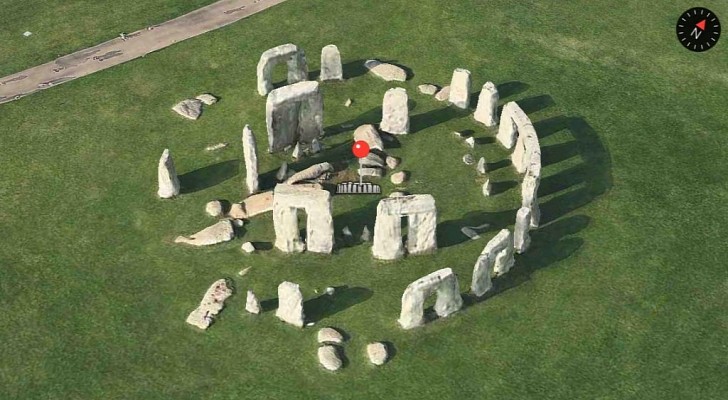Archaeologist Michael Gibbons at the area on Omey Island where prehistoric remains were revealed by Atlantic storms. Photograph: Joe O’Shaughnessy
The recent archaeological finds along the western seaboard are creating great excitement among locals, but a Clifden-based archaeologist believes much of its value will be lost if resources aren’t put into recording and interpreting the artefacts.
“There is great excitement in the local population about this [previously] drowned landscape. I am contacted virtually every day by people finding things in the fields adjoining the coastline,” says archaeologist Michael Gibbons, who wants the Government to establish regional archaeological units to record and interpret these finds.
“The problem is that if nothing is done, it will be taken back by the sea,” says Gibbons, who suggests that some of the 6,000-year-old stone axes and other prehistoric materials have already been washed away.
Read the rest of this article...



















